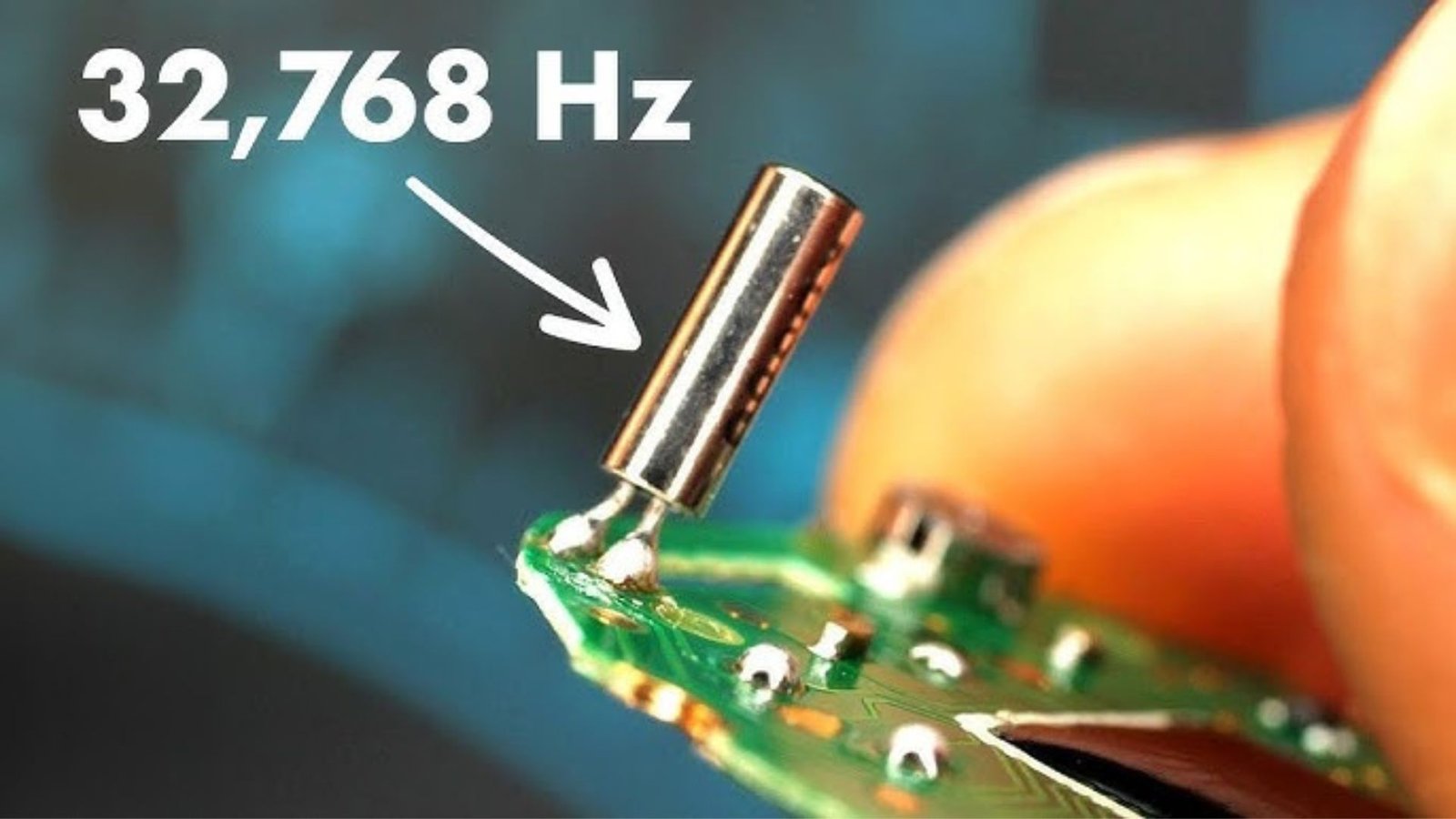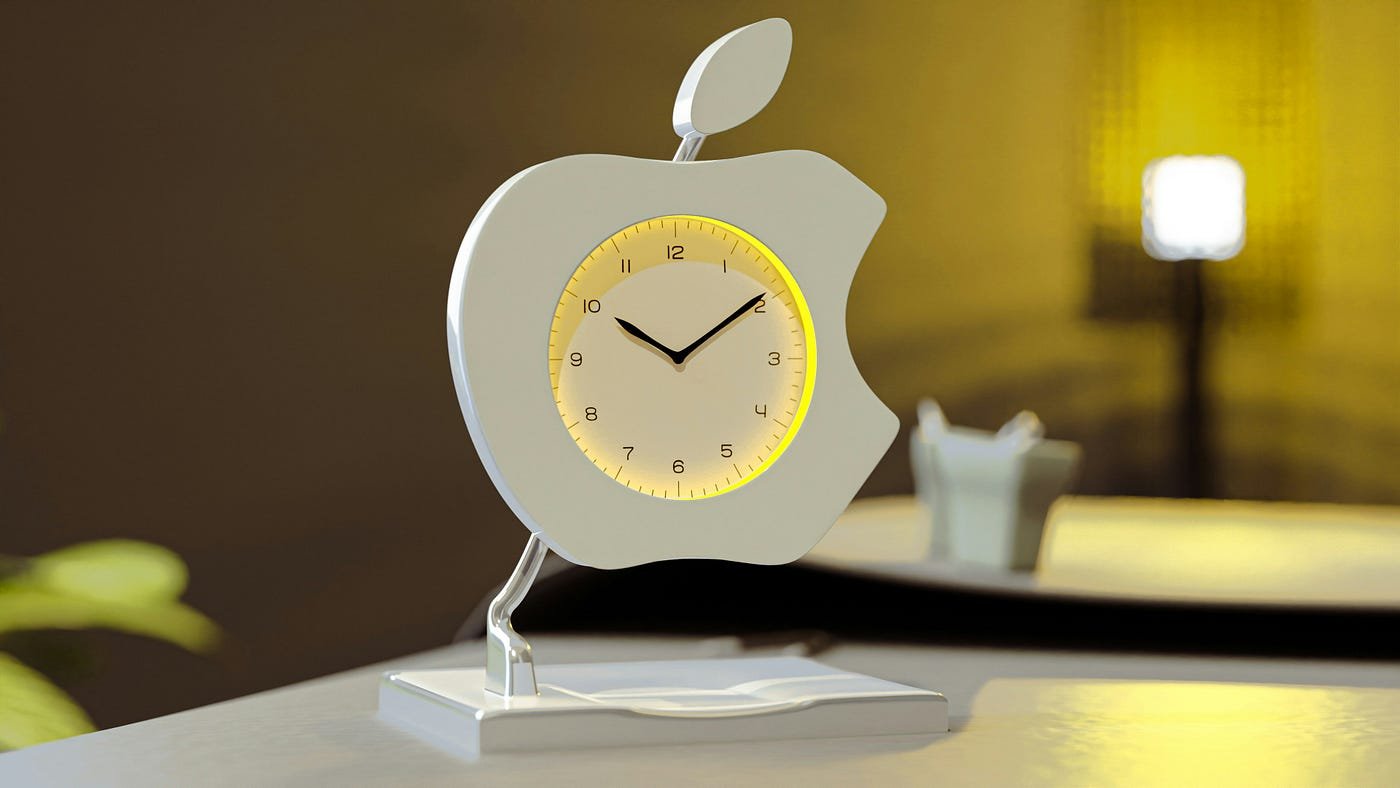Quartz clocks are a marvel of modern technology, providing precise timekeeping through a fascinating interplay of electronics and physics. They are renowned for their accuracy, durability, and low maintenance, making them a popular choice for both everyday use and high-precision applications. Here’s a closer look at the science behind quartz clocks and how they work.

The Basics of Quartz Crystal
At the heart of a quartz clock is a small piece of quartz crystal. Quartz is a mineral composed of silicon and oxygen atoms arranged in a specific crystalline structure. This structure gives quartz its unique electrical properties, which are crucial for accurate timekeeping.
Piezoelectric Effect
The key to quartz clock technology lies in the piezoelectric effect. When an electric field is applied to a quartz crystal, it deforms slightly and then returns to its original shape when the field is removed. This deformation creates a stable and precise oscillation frequency, which can be used to measure time accurately.
How Quartz Crystals Keep Time
Crystal Oscillator
In a quartz clock, the quartz crystal is cut and shaped to create a specific oscillation frequency. The crystal is then placed in an electronic circuit called an oscillator. When voltage is applied to the crystal, it vibrates at its natural frequency, generating a consistent and highly accurate oscillation.
Frequency and Accuracy
Quartz crystals typically oscillate at a frequency of 32,768 Hz (hertz), which is 2^15 (or 2 to the power of 15). This specific frequency is chosen because it is a power of 2, making it easy to divide down to a one-second interval. The oscillation frequency is divided down electronically to produce a one-second pulse, which is then used to drive the clock’s display.
The Electronic Circuit
Division and Counting
The clock’s electronic circuit includes a series of frequency dividers that reduce the high-frequency oscillations of the quartz crystal down to a one-second interval. This is done through a process of binary division. The divided pulses are counted, and each count represents a second, which drives the clock’s display mechanism.
Timekeeping
The electronic circuit continuously counts these pulses to keep track of time. As a result, quartz clocks are highly accurate, with variations typically less than a few seconds per month. The precision of quartz clocks makes them more reliable than mechanical clocks, which can be affected by temperature changes and mechanical wear.
Power Source
Quartz clocks are typically powered by a small battery. The battery supplies the necessary voltage to the quartz crystal oscillator, allowing it to vibrate and keep accurate time. Unlike mechanical clocks, which require regular winding or maintenance, quartz clocks are low-maintenance and can run for several years on a single battery.
Advantages of Quartz Clocks
High Accuracy
Quartz clocks are known for their accuracy. The stability of the quartz crystal’s oscillation frequency means that quartz clocks can maintain time with minimal deviation. This makes them ideal for use in environments where precise timekeeping is essential.
Durability
Quartz crystals are very durable and can withstand various environmental conditions. Unlike mechanical clocks, which have many moving parts that can wear out, quartz clocks have fewer mechanical components, reducing the likelihood of mechanical failure.
Low Maintenance
Quartz clocks require minimal maintenance. Once set, they typically need only occasional battery replacements. This contrasts with mechanical clocks, which may need regular servicing and repairs.
Applications Beyond Timekeeping
Consumer Electronics
Quartz technology is not limited to clocks. It is used in a wide range of consumer electronics, including watches, computers, and communication devices. The accuracy and reliability of quartz crystals make them essential in many technological applications.
Scientific Instruments
Quartz crystals are also used in scientific instruments and measurements. Their precise oscillation frequencies are employed in various scientific experiments and devices, demonstrating the versatility of quartz technology.
Conclusion
The science behind quartz clocks is a blend of physics and electronics, centered around the unique properties of quartz crystals. The piezoelectric effect and precise oscillation frequencies enable quartz clocks to provide accurate and reliable timekeeping. Their durability, low maintenance, and widespread applications make them a cornerstone of modern timekeeping technology. Whether in everyday household clocks or sophisticated electronic devices, quartz technology continues to play a crucial role in our lives.




